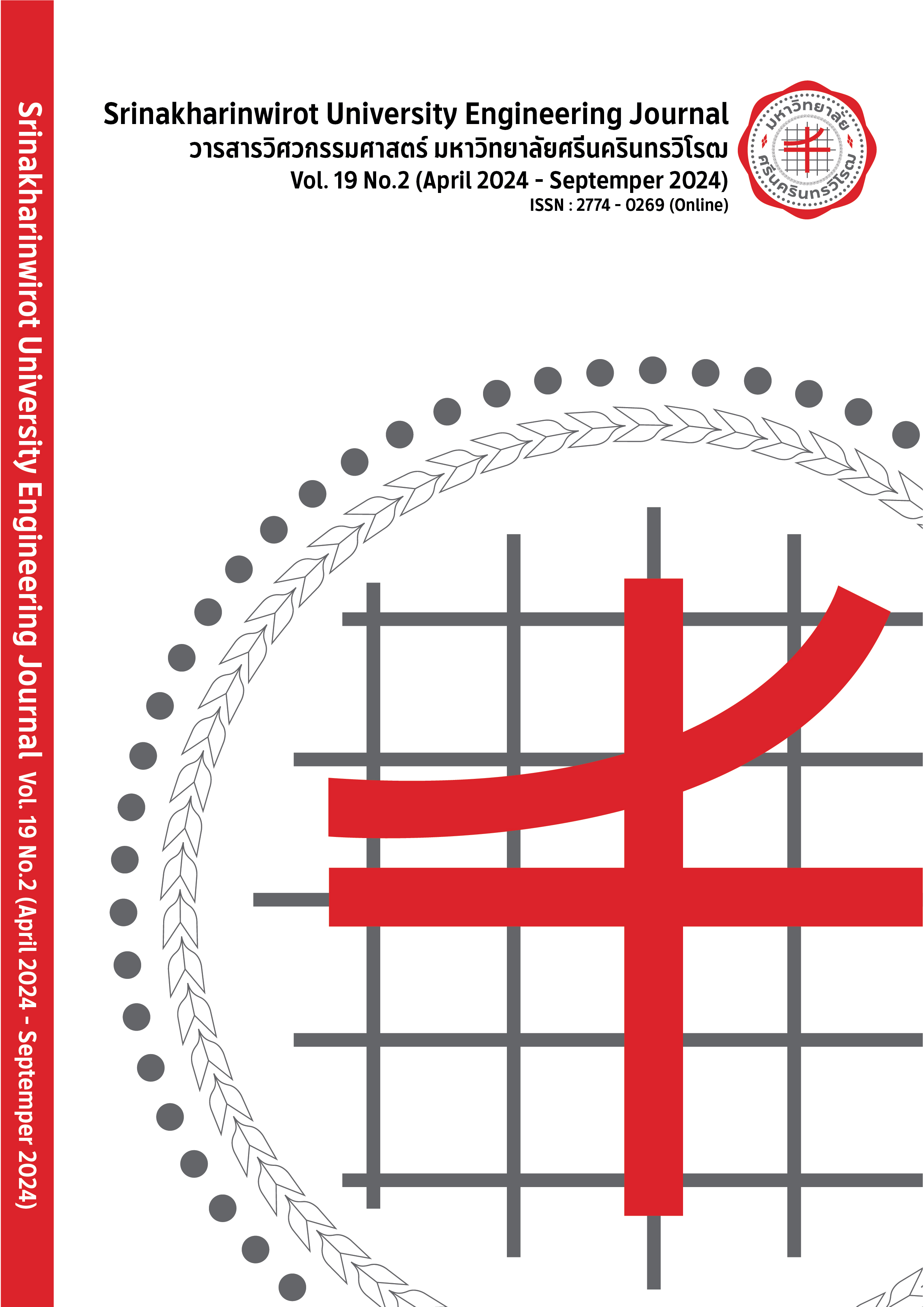Machine learning for Customer Behavior Prediction on Banking Product
Main Article Content
Abstract
This article aims to study the parameters for customer to make decision in bank product via telemarketing and to apply machine learning for customer behavior model of banking product. The technique in this study is the Cross-Industry Standard Process. There are 6 processes that are business understanding, data understanding, data preparation, model development, evaluation, and deployment. The data consisted of 41,188 customers and 20 parameters. To do the data preparation, feature selection i.e., data transfer, data reduction, data cleaning using Knime a tool. There are 3 algorithms for customer behavior model of banking product that are Decision tree, Random Forest and Tree ensemble. Algorithm performance testing by using accuracy, sensitivity, and specificity for the best algorithm. The results can demonstrate that the top three parameters impacting decision making are the length of time spent talking on the phone with customers, the number of days elapsed since the customer was last contacted from a previous campaign, and the results of previous marketing campaigns. The most accuracy algorithm for customer behavior prediction in bank product is Tree ensemble with accuracy 90.94% comparing with Decision tree and Random Forest tree with accuracy 87.54% and 90.29%, respectively. To do the data visualization using Power BI that is very beneficial for planning and leads to higher sales. On-going research, to apply this methodology with bank product marketing in Thailand.
Article Details

This work is licensed under a Creative Commons Attribution-NonCommercial-NoDerivatives 4.0 International License.
Copyright belongs to Srinakharinwirot University Engineering Journal
References
Kasikorn Research Center. (2016, May 30). Credit Card Flat in 2015 but in 2016 Retain the Growth [Online]. Available: https://www.kasikornresearch.com/th/K-Econ Analysis
P. Anaboontarik, “Factors affecting the choice of using Commercial Banks in Mueang District, Chiang Mai Province,” Independent Study (IS), Master of Economics, Chiang Mai University, 2004.
K. Jitphuthai, “Factors Influencing Decision-Making Behavior in Choosing Commercial Bank Services in Bang Khae, Phasi Charoen, Nong Khaem, and Krathum Baen Districts” , Independent Study (IS) , Master of Business Administration, Siam University, 2009.
Matichon News. (2017, September 30). Krung Sri First Choice launched new card “Krung Sri Frist Choice Care” giving free accidental insurance with highest Protection 100,000 baht [Online]. Available: https://www.matichon.co.th/news/663544.
W Piyajinda, “Factors relating to the Decision-Making Behaviors of SMILE CASH Credit among Consumers of Bank of Ayudhaya Public Company Limited (Zone 5),” M.S. Thesis, Faculty of Business Administration. Khon Kean University, 2009.
P. Suthipongwirat, “Behaviors of Using Cash Card among Thai Consumers in Bangkok Metropolitan”. Independent Study of Master Business Administration, Faculty of Business Administration, Khon Kaen University, 2011.
C. Shearer, “The CRISP-DM model: The new blueprint for data mining,” Journal of Data Warehousing, vol. 5, no. 4, pp. 13–22, 2000.
N. Wongprachanukul, “A proper method for decision tree pruning in scientific data mining,” M.S. Thesis, Nakornratchasima, Suranaree University of Technology, 2005.
K.B. Jyothi, K.H. Bindu, and D. Suryanarayana, “A comparative study of random forest & K – nearest neighbors on HAR dataset using caret,” Int.J. Innov. Res. Technol, vol. 3, no. 9, pp. 6-9, 2017
Singh, A. (2019, 13 February). A Comprehen- sive Guide to Ensemble Learning (with Python codes) {online}. Available: https://www.Analyticsvidhya.com/blog/2018/06/comprehendsive-guide-for-ensemble-models.


